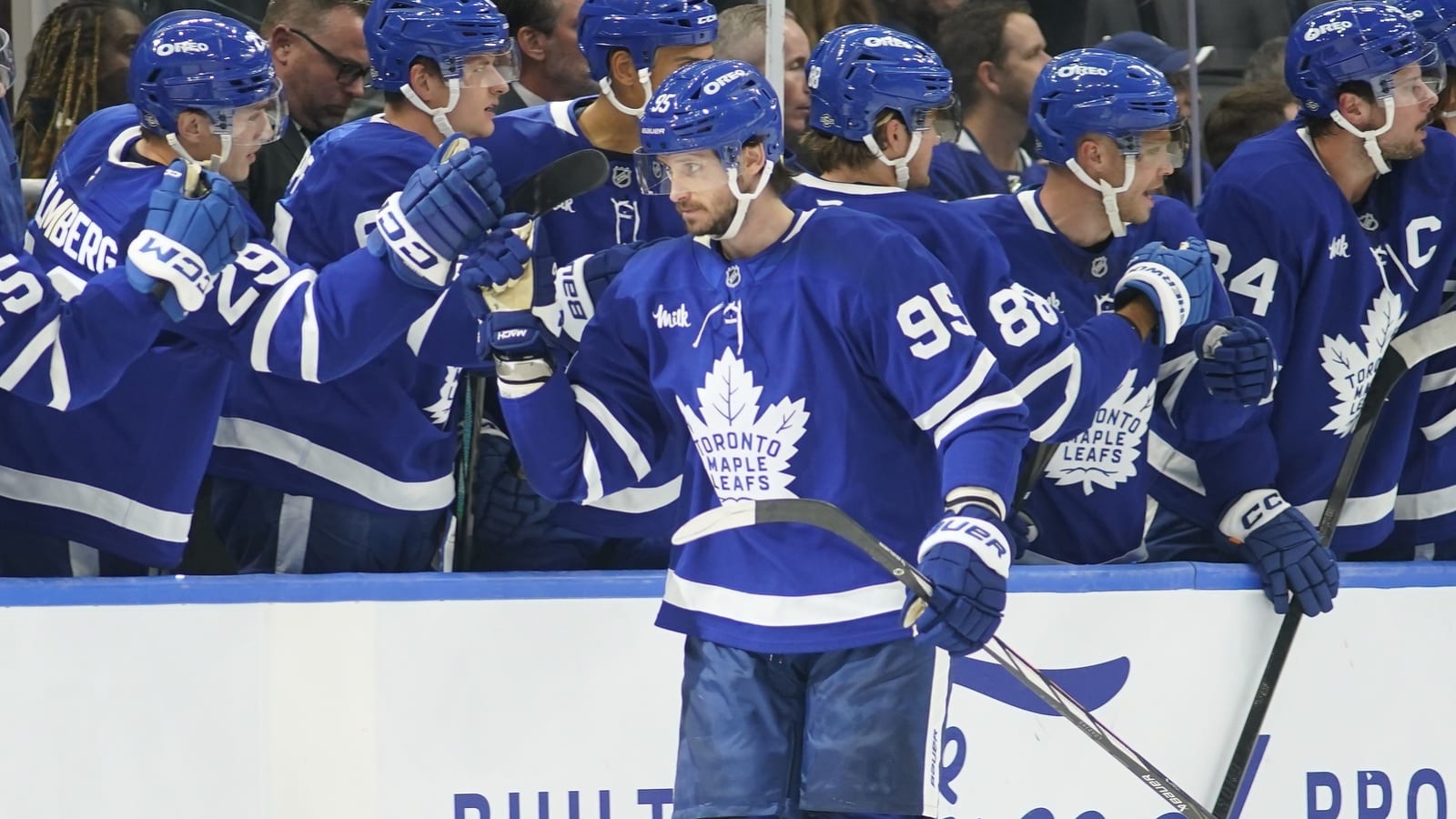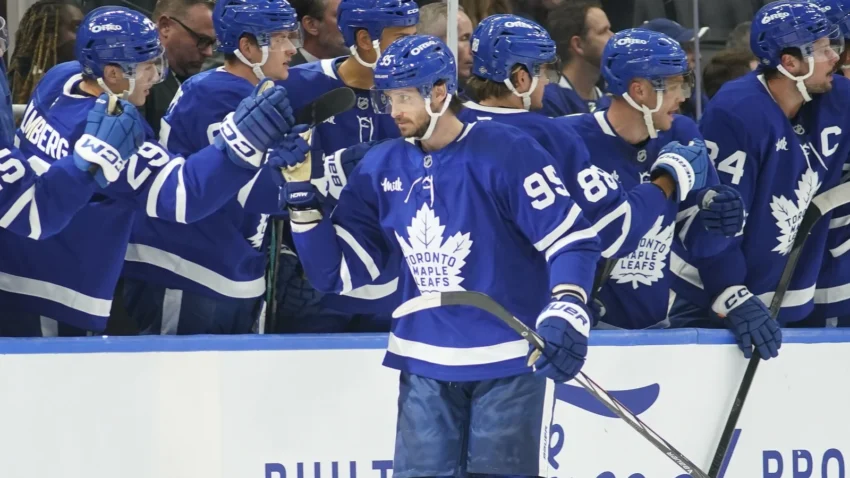
You’ve probably been hearing a lot about former Vancouver Canucks defenceman Oliver Ekman-Larsson lately.
Of course, you have. He’s a Toronto Maple Leaf now.
And now just a Maple Leaf, but a Maple Leaf who is currently playing above expectations. After joining Toronto as a UFA this summer – fresh off a Stanley Cup victory – Ekman-Larsson has played eight games thus far in the 2024/25 season and has already earned five points while averaging just over 22 minutes a night. He’s not just playing in their top four; he’s thriving there, at least for the time being.
And even found himself at the centre of a classic ‘everyone is out to get us, even though we are actually heavily favoured’ Toronto controversy when he was fined (but not suspended) for this pretty obvious headshot…
Toronto is getting this whole package on a contract that pays him just $3.5 million a season over this and the next three years.
Long story short, OEL is a hit in the T.O. Which is obviously relevant here in this market, because the Leafs aren’t the only team paying Ekman-Larsson during the 2024/25 season. Due to buying him out previously, the Canucks are carrying a $2.347 million cap penalty for Ekman-Larsson this year – not too far off his cap hit – and next year that goes up to $4.767 million. That’s right, as of 2025/26, the Canucks will be paying OEL more than the Leafs are for OEL to star in Toronto.
Which, naturally, has led to some chatter about whether or not the Canucks made a mistake in buying out Ekman-Larsson in the first place. But that’s an argument that doesn’t really hold much water because all the Ekman-Larsson situation really proves is that NHL players just cannot be separated from the context of their contracts.
The Ekman-Larsson making $3.5 million in Toronto is simply not the same player who was making a combined $8.25 million annually (split between the Canucks and Arizona Coyotes) back in Vancouver.
The same could be said for Ekman-Larsson, who won the Cup with Florida on a one-year, $2.25 million contract last season. But, at least in that case, there was an argument to be made that Ekman-Larsson was just succeeding under less expectations, responsibilities, and spotlight. Down in Florida, OEL played just 18:24 a night in the regular season, the lowest ice time since his rookie campaign, and responded with 32 points, the most he’s had since the 2018/19 season.
Even there, the context of the contract was important, because it contributed to those lesser expectations, responsibilities, and spotlight.
He played even less, and probably better, in the postseason.
But now the situation in Toronto is drastically different.
Here, Ekman-Larsson has signed a much larger contract. He’s done so in possibly the most pressure-laden market in the sport. And not only is he playing well, he’s playing well in the exact same role that he floundered in back in Vancouver, that of a top-four two-way defender. Which is where we really arrive at that notion of the Canucks having made a mistake.
The operative question is this: Had they simply waited it out and not bought out Ekman-Larsson, would he have rounded out to this same form in Vancouver?
And the answer is no. Or, at least, almost certainly not.
There are some other factors at play. There is some word that Ekman-Larsson was suffering from a long-term injury in Vancouver that he has since fully recovered from. However, the contract is also an unignorable factor, perhaps the primary one. It was obvious to anyone who watched OEL in Vancouver and then saw him last year in Florida that this was a player who was formerly greatly burdened by a hefty contract and the expectations that came with it and then was suddenly free of that burden and responded in kind.
We’re not going to attempt to get into Ekman-Larsson’s head here. A pessimist might suggest that OEL didn’t put in as much effort in Vancouver due to the comfort brought on by such a high income. A more sympathetic person might suggest that it was the weight of the responsibilities associated with the pay that held OEL back, a desire to do more than he was able to.
